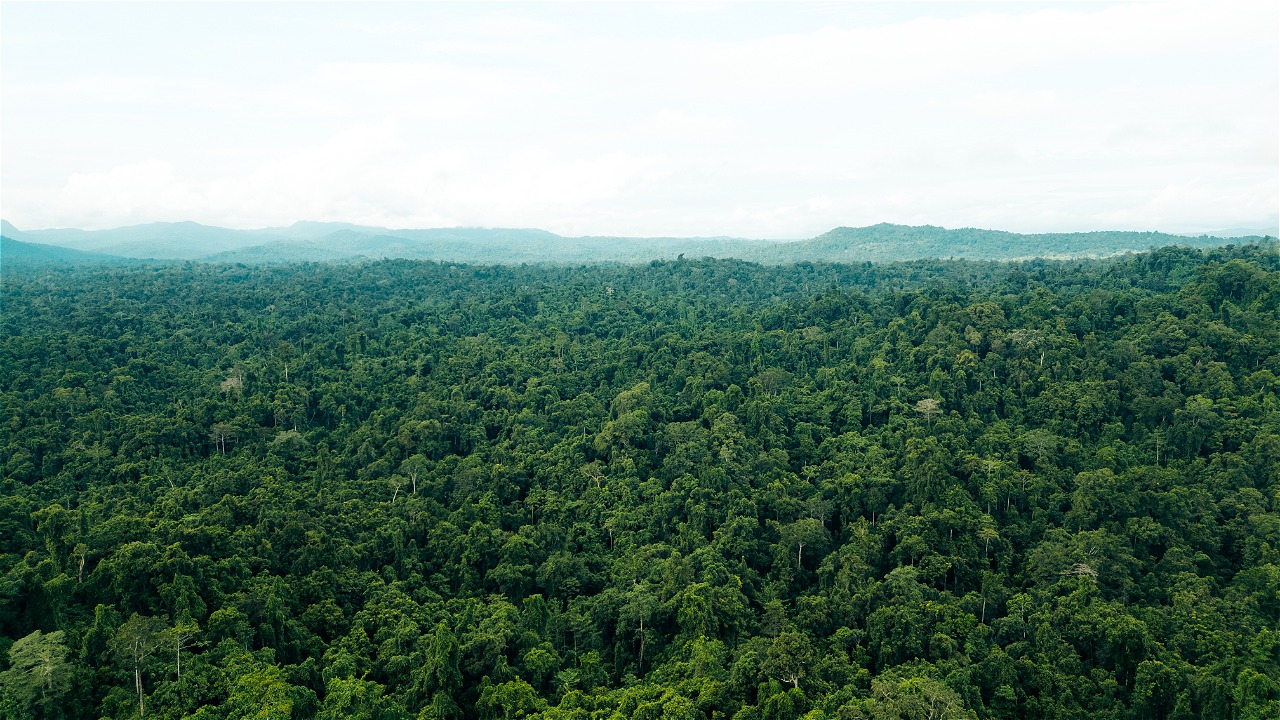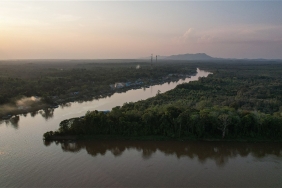TRAINING INVESTIGATIVE JOURNALISTS TO EXPOSE ENVIRONMENTAL CRIMES
By: Diah R. Sulistiowati
Forestry and environmental crime cases are currently a serious crime in Indonesia. Of the 200 case complaints received by the Directorate General of Gakkum KLHK in 2017, until May this has been handled by almost 95%, namely 75 completed and the rest in process. Based on the results of these activities, during 2015-2017, 7,090 m3 of illegal logging cases were recorded, approximately 4.2 million hectares (ha) of area encroachment, and 11,636 units of wild plant and animal circulation. A total of 393 administrative sanctions were issued during these two years, consisting of 189 warning letters, 23 written warnings, 156 government coercions, 21 license suspensions, and 3 license revocations.
On this basis, the Shares Resource Joint Solution (SRJS) Program implemented by WWF Indonesia, Krueng Peusangan Watershed Forum and Balai Syura Ureung Inong Aceh conducted investigative training for local journalists in Aceh. To maximize the training, a trainer from Tempo magazine, Moses or his real name Mustafa Silalahi became the "teacher" to share his experience as an investigative editorial coordinator. The training began with how to choose a topic worthy of investigation, then the stages of conducting an investigation, tricks or effective ways of conducting investigations and others. The training was conducted at the Pade Hotel, Aceh Besar, Banda Aceh.
Environmental and forestry crime cases currently involve not only individuals, but also corporations. Crimes in this sector include illegal logging, environmental pollution, forest area encroachment, animal poaching and trade, and corruption. As a province that still has 3.5 million hectares of forest, which is quite extensive in Sumatra and holds high biological wealth in Aceh. Forestry and environmental crime cases tend to increase every year.
Aceh Police data states that in 2016 the police handled 32 forestry crime cases with 40 suspects. While wildlife cases handled throughout 2016 amounted to three cases with four suspects.
Forestry and environmental crime cases have not received as much attention from many parties as drugs. Even though the crime of this crime is money in circulation reaching hundreds of billions of rupiah and harming the country in the long term due to environmental damage.
The media as one of the pillars of a country's democracy needs to take a role in monitoring forestry and environmental crimes around them. Meanwhile, as a media worker, a journalist has a strategic position in providing understanding to the public about forestry and environmental crime cases. With the ability of journalists to capture issues and develop them into accurate information, it is hoped that they can educate the public. If the public is already intelligent or understands the issues in the forestry and environmental sectors, they will be able to monitor forestry crimes or corruption in the forestry sector.
"Being an investigative journalist is like choosing the silent road," said Moses, an investigative reporter for Tempo Magazine, "You also have to have more guts," Moses added. This is explained by Moses, because being an investigative journalist must be resilient in facing unexpected situations, and also the field of investigation is quite heavy, especially big cases.





